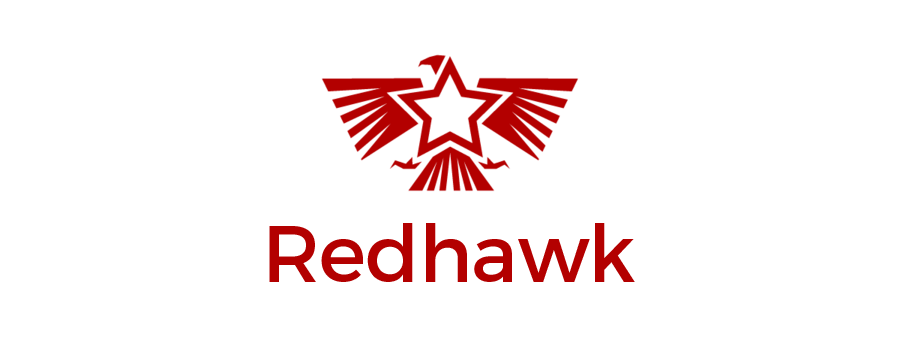For almost any growing business, the pursuit of top line revenue is a constant and everlasting pressure on the entire business. While your salespeople feel that pressure acutely, the entire business understands and appreciates the need to always have money coming in the door. This pressure can create behaviors that are productive and behaviors that are detrimental.
Productive behaviors can include increased teamwork in the face of a customer deliverable while detrimental behaviors can lead to heavy discounting at the end of a measurement period to hit a sales goal.
The pressure to generate revenue can also lead to economically irrational behavior. One of the most common examples of this irrational behavior is the propensity to chase every opportunity regardless of its quality or potential to actually turn into revenue. The phrase “sales is a numbers game” has been repeated by so many sales “experts” that people tend to believe it. That phrase isn’t completely wrong- only 90% wrong.
You do need to make contacts and that is a “numbers game.” When dealing with commodity products or transactional selling, numbers play a huge role in success but to distill effective selling down to nothing more than a dial-a-thon is both simplistic and costly. If a prospective lead isn’t qualified, you can waste significant time and resources and generate little revenue in return.
Historically, managers have measured salespeople on two main data points; the actual revenue generated (sold) and the top of their pipeline (how many contacts they have made). They should be obsessing over conversion percentage- how many sales they generate from a set number of potential customers.
Every prospective customer carries a cost to your organization. Those costs can be in travel, entertainment, company resources and opportunity cost. To create a simple illustration, let’s assume every prospective customer costs $1,000 to get to the point of making a decision whether or not to buy. Also, each customer is worth $10,000 if they actually buy. If your sales department makes 10 sales presentations per month and converts three of them into actual sales. The cost to the organization for these overtures is $10,000 and the sales are worth $30,000.
What if you were able to make the same three sales but only conduct seven sales presentations? The cost of the presentations to the company would by $7,000 but the sales would still be worth $30,000. The effective profitability of the closed sales increases from $20,000 to $23,000- or 15%. If this pattern repeated itself for the entire year, the total profitability advantage would be $36,000.
That improved profitability can be the difference in needing 5 salespeople instead of 6 and all the associated resources to support that extra full-time position. It can also help you rationalize your sales effectiveness and capacity.
Despite this economic reality, company managers continue to push the “numbers game,” without thinking about how conversion percentages drive increased profitability.
